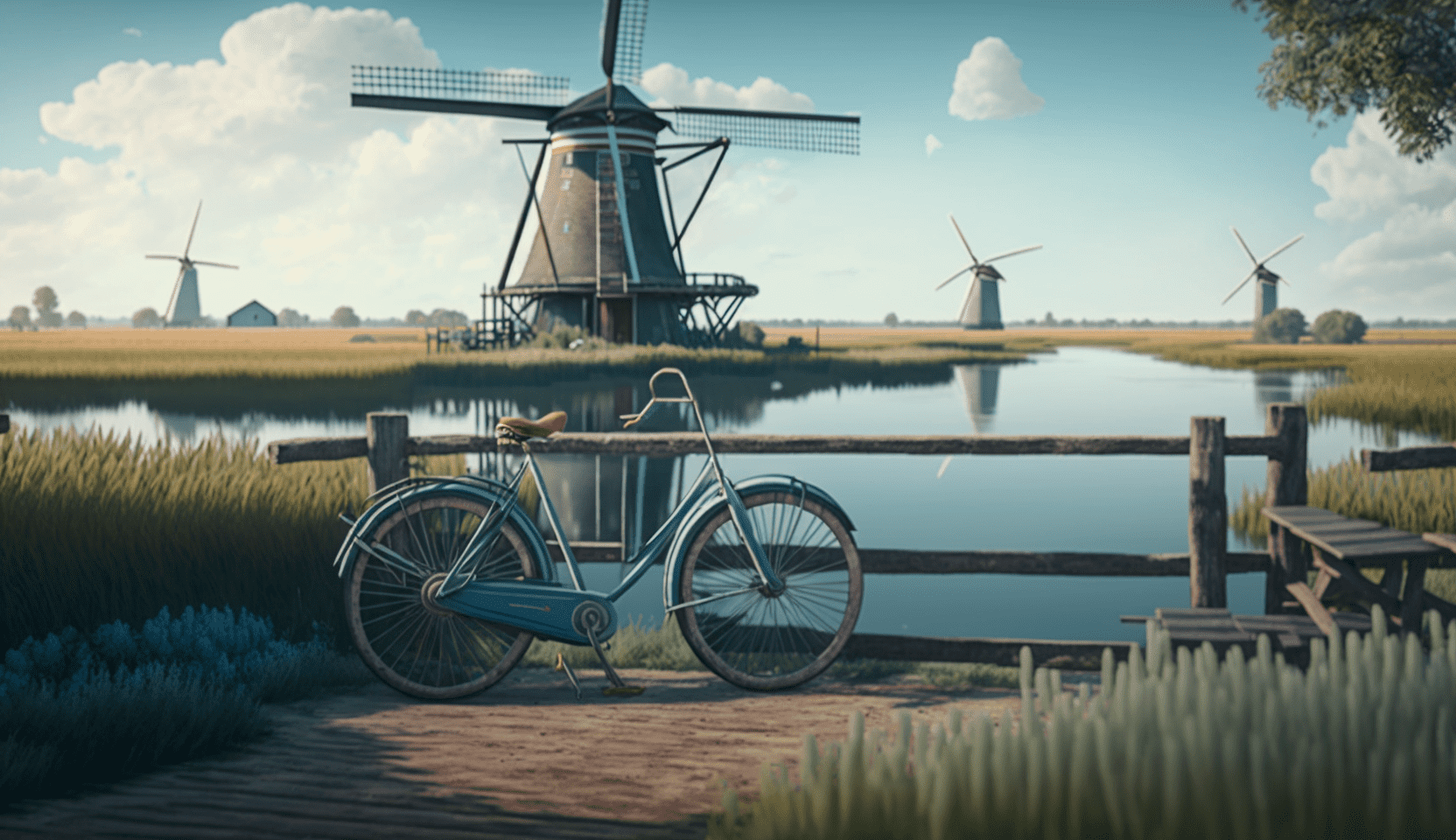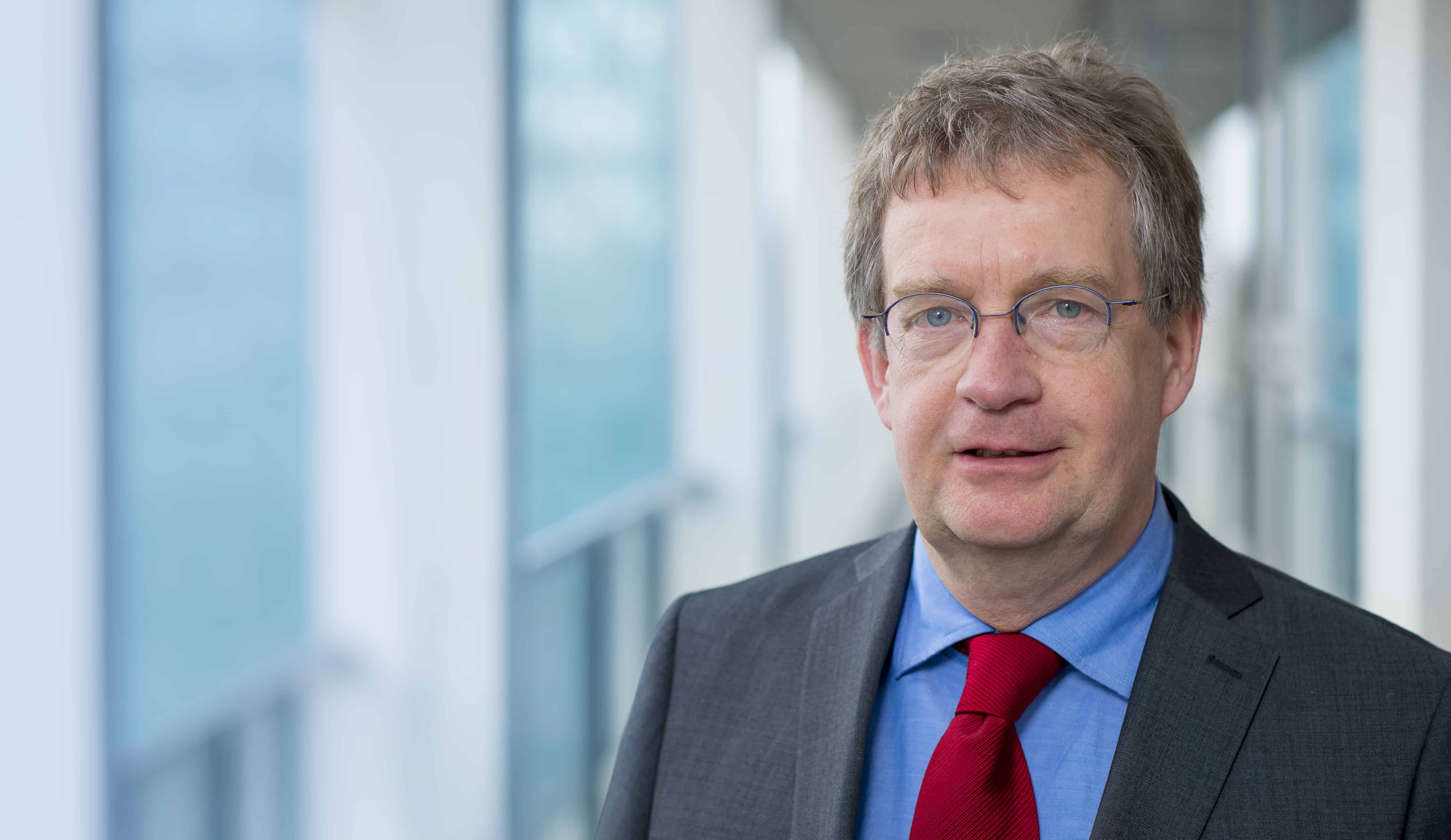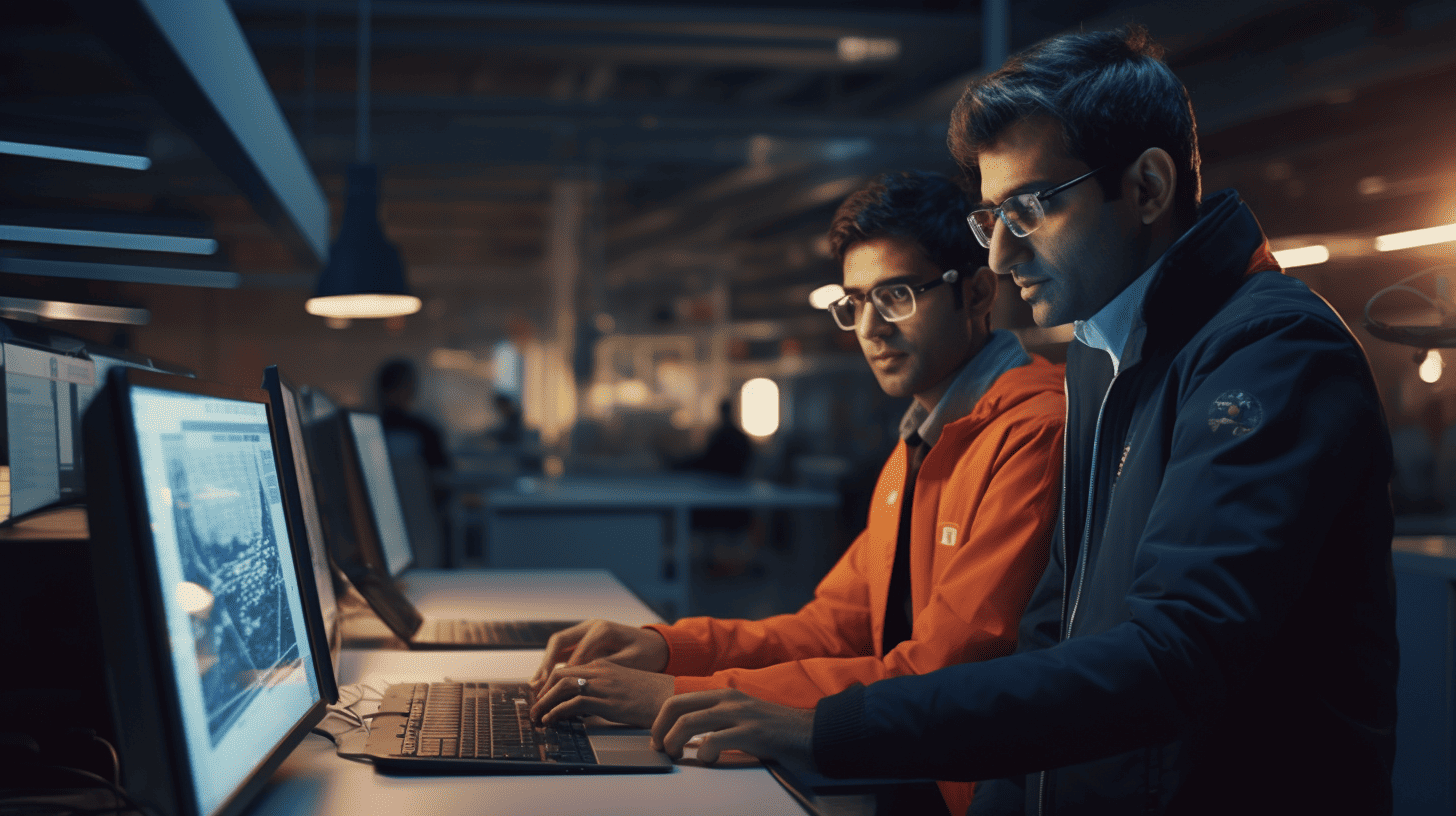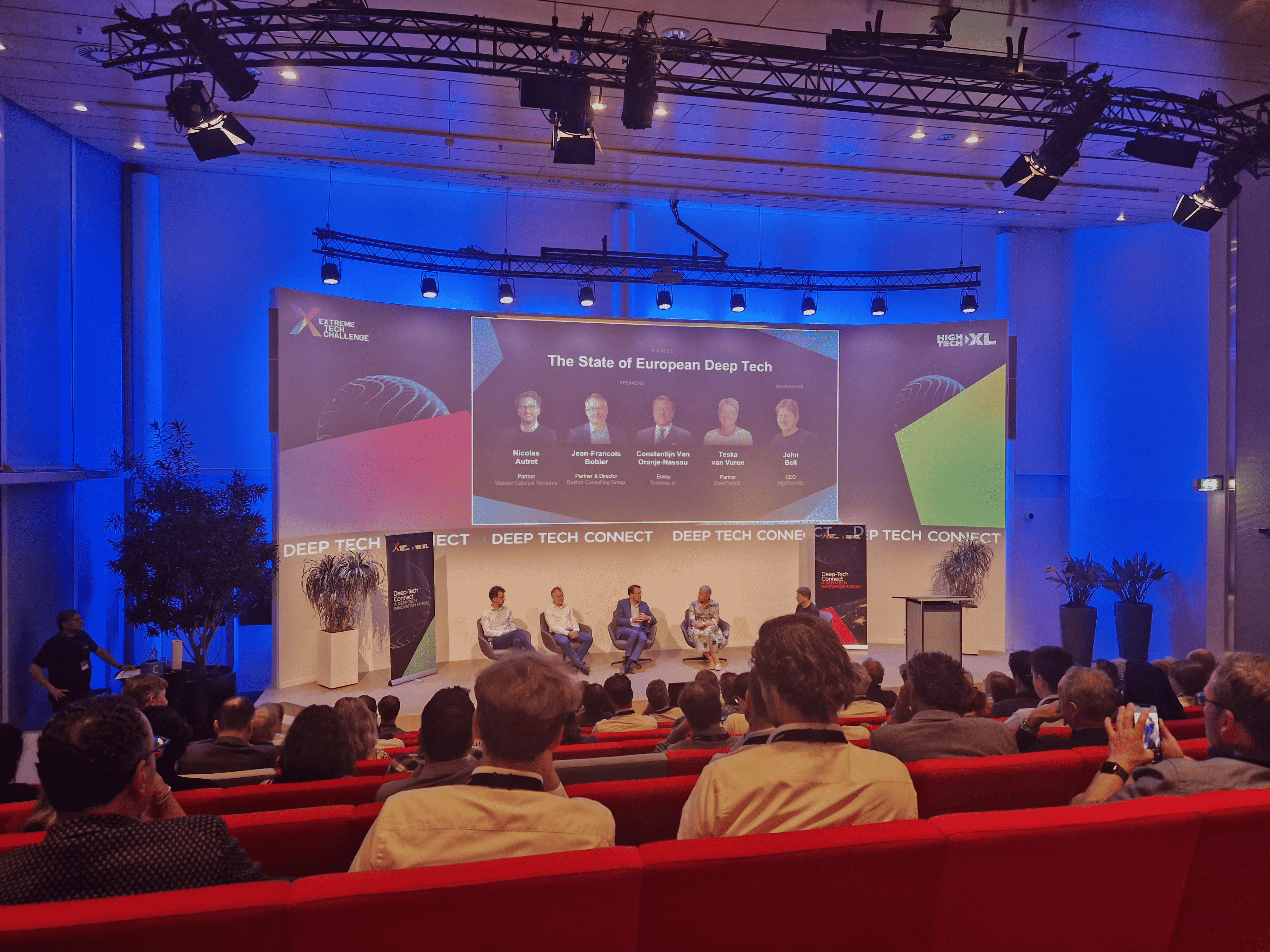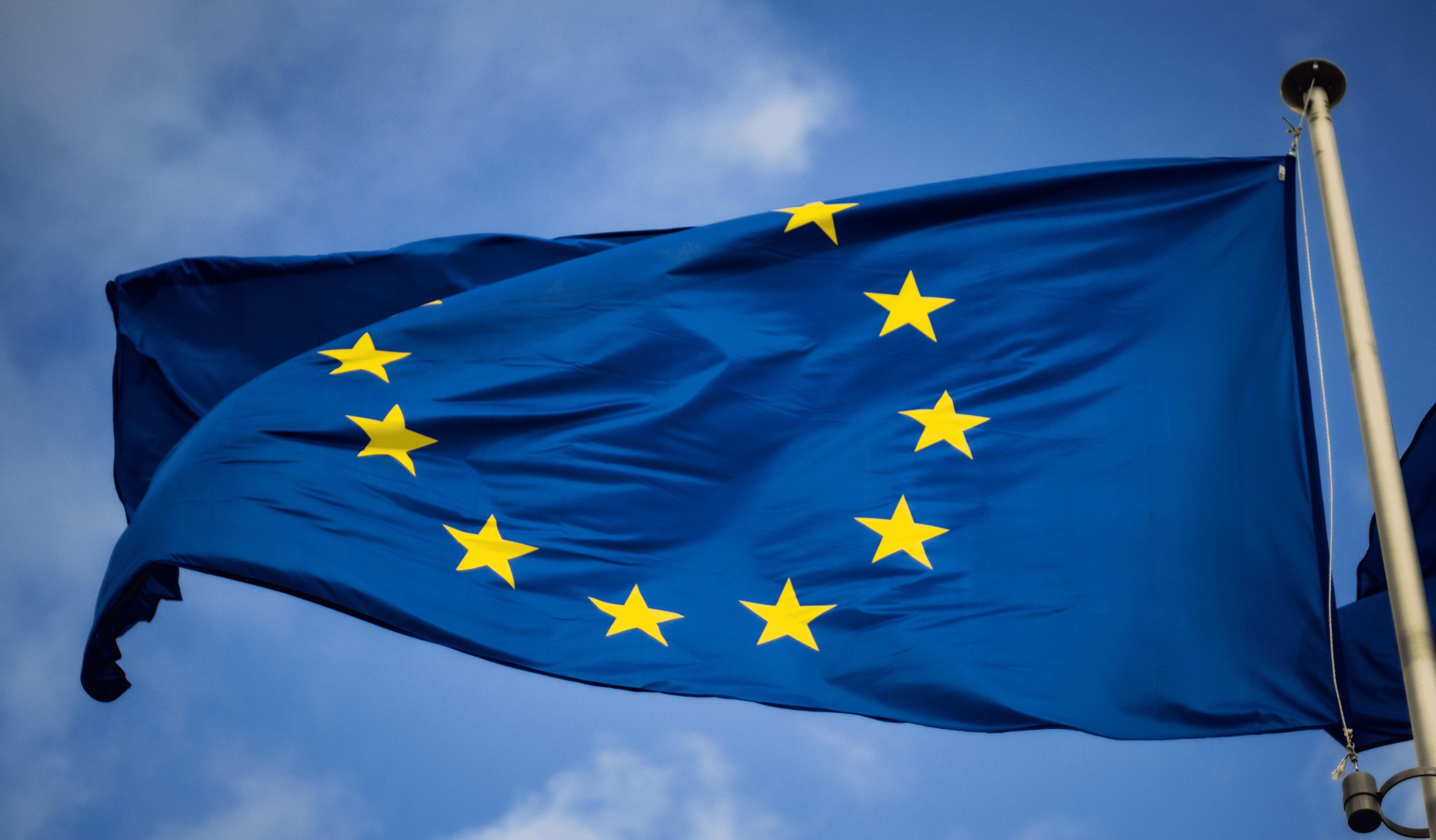
The former Designhuis at the Stadhuisplein is re-opening again. Five years ago the design institution closed down because of financial problems and a conflict in vision between the former director Lidewij Edelkoort and the government of Eindhoven. Re-initiator and current director Jorge Alves Lino is heading a different route: to stay away from the concept of top-down curatorship and exhibition-based cultural institutions, with little connections to the outside world and the city.
Alves Lino wants to empower the talents of Eindhoven and connect various cultural agents, including creatives and makers themselves, cultural managers and policy makers. The goal is to bring these layers together in the new Designhuis as the cultural institution of the future, driven by co-creation and participation. Is the current definition of an Eindhoven cultural institution at stake?
There is a common urge from within the creative community to have independent structures in Eindhoven that empower creativity through-out the year. Places to share, activate and apply knowledge to boost the core values of the Brainport region.

Jorge Alves Lino is from Portugal. He graduated in Fine arts and Communication Design and is currently a PhD candidate in Experience Design. He is also, since 2014, the Managing Director of the STRP Biennial. He originally came to the Netherlands to work in the field of interactive technologies applied to public space. Interaction that goes beyond screen, and is guided by features as motion and sound recognition. During his education he was interested in the way people experience things. “How do we create long term memories? How do you trigger feelings and emotions, by creating situations that people are exposed to?”
He couldn’t find the right context to work on this subject in Portugal, so he left the country in 2004 to finish his studies in Belgium. He never went back. “After my studies and living in different countries in Europe, I was working in interactive television (transmedia) in France. At a conference presentation in Stuttgart, I met a professor from the TU/e. He asked me to come to Eindhoven to do a PhD and teach at the Faculty of Industrial Design of the TU/e.”
At an arts exhibition in Eindhoven he got acquainted with the Dutch Design Week, where he met local people and politicians from different parties. “But I missed working in the corporate world. With my background as an experience designer I got hired by ING for customer’s experiences. It was a huge and careful learning experience. Imagine the responsibility of triggering a change in a process that will affect millions of euros.” During this job Alves Lino learned how to combine creativity to translate processes  from product centered approaches to a people, customer centered approach. It was all about being sensitive and tolerant to different processes and people from a business perspective.
from product centered approaches to a people, customer centered approach. It was all about being sensitive and tolerant to different processes and people from a business perspective.
“At the same time I was teaching and finishing my PhD at Tu/e when I met Mary-Ann Schreurs. On her request she brought me in contact with the think tank that was created to develop the Designhuis building, so i could translate ideas into business practice.
I joined that think tank, became the leader and contributed with my own ideas.”
 Alves Lino organized a group meeting to find out what could be done with the building. “Our main thought was ‘how could we trigger co-creation and participation in the context of design? How can we use design thinking not as a result, but as a reflective and activation tool to create a better world and society‘. And how can it be an addition to make Eindhoven a better place by working with, and empowering, people’s ideas?”
Alves Lino organized a group meeting to find out what could be done with the building. “Our main thought was ‘how could we trigger co-creation and participation in the context of design? How can we use design thinking not as a result, but as a reflective and activation tool to create a better world and society‘. And how can it be an addition to make Eindhoven a better place by working with, and empowering, people’s ideas?”
The borders between disciplines are becoming increasingly blurred. Classic company structures change in ephemeral collaborations per project. Designers, specialists and artisans are all building towards the same goal: a sustainable future.
The team learned that there is a lack of reflection in this city in respect to whether things have been done in a coherent way. They saw a difference in what the city portrays itself to be in comparison of what it really is.
“In Eindhoven there is always a focus on these ‘big things’. Big events, big companies, stars and important people. But the fact is, Eindhoven is not a typical place for stars, because for that you go to Amsterdam. Instead Eindhoven is a great place for talent development. Students, freshmen from their studies, young artists and designers, small and medium companies and creative collectives. What seems to be the common denominator is ‘collaboration’ – and this is what fascinates me in Eindhoven. Many of these, regardless of the discipline or product, are essentially making things, in whatever form that means. So we found out we are interested in makers, because in the end the creation of design and culture is a process.“
The best way to make Eindhoven more visible as a Design and Cultural City is to empower creatives to intervene in the city on different levels.
 According to the team Eindhoven lacks structures that empower connections, where managers, policy makers and talented makers of all kinds of disciplines mix up and interact with each other.
According to the team Eindhoven lacks structures that empower connections, where managers, policy makers and talented makers of all kinds of disciplines mix up and interact with each other.
“There is a sort of segregation in the cultural landscape and established cultural institutions of Eindhoven. Different groups are spread in different parts of the city: the university campus, the high-tech campus, Strijp-S. Even places like Sectie-C are a little world apart. We miss a place where intersections are made in a socially healthy way and where people from different layers are together, learn from each other and connect with each other.”
We are starting from scratch. We have translated our studies into formats and basic frameworks. All are interventions, which can be used for any activity. We are currently composing a program for the rest of the year, but it all depends on the citizens of Eindhoven.
Times are changing. People are far more triggered by activities that are dynamic and have surprising combinations. So Alves Lino and his team work from a distinctive curatorship role to bring people together and make the right connections, especially the connections between makers and citizens.
The fact that there will be government policy makers working in the Designhuis brings governance and city-making closer together. By working from a place where the community is, a community of which these policy makers are a part of, the Designhuis becomes a healthy and a more open and aware working cultural environment. By having a stronger connection with what (cultural) makers are doing in a daily basis, policy makers will be able to better understand and respond to the cultural phenomenon’s of Eindhoven. For the Designhuis participators, there is a better contact and a possibility to have direct contact and support with these policy makers. And ultimately, because it brings stakeholders closer together, it is a system that works.
“We think we are free, but in fact our concept of freedom is limited to laws and rules which, at some point, a government defined to guide our society. The problem is that our society is developing in a faster pace than the rules that should guide the way we live in society.“
 According to Alves Lino’s team the creative community in Eindhoven has the capacity to think on subjects that affect us in our city and public space. “The Designhuis is about connecting people and reflecting on how could we reinvent the way we live, and make Eindhoven a better place. And that is how the new Designhuis can connect the creative industry with the city: delivering a cultural centre that connects people & ideas towards a better world, empowering a more participative society, driven by design thinking.”
According to Alves Lino’s team the creative community in Eindhoven has the capacity to think on subjects that affect us in our city and public space. “The Designhuis is about connecting people and reflecting on how could we reinvent the way we live, and make Eindhoven a better place. And that is how the new Designhuis can connect the creative industry with the city: delivering a cultural centre that connects people & ideas towards a better world, empowering a more participative society, driven by design thinking.”
“How are we using public space? How are we using spaces? All is about enhancing the quality of living. How people perceive and experience things. And to make up solutions that give people direct access and control of a diverse range of aspects of life.”
 And how will they do all this in practice?
And how will they do all this in practice?
The ground floor will be a public space for presentations. The upstairs rooms function between exhibition space and open labs and are usable for long term projects.
There is a certain rotating time span in which anyone can work or perform. Anyone can pick up something of what someone is doing and work on it in a sustainable way. There are no fixed workers and curators.
 The government has provided the building for a period of five years for no rent to enable Alves Lino and his team develop a sustainable cultural and knowledge hub. The first coming activities in the Designhuis are the Tegenlicht meet-ups.
The government has provided the building for a period of five years for no rent to enable Alves Lino and his team develop a sustainable cultural and knowledge hub. The first coming activities in the Designhuis are the Tegenlicht meet-ups.
Keep track for more activities on the Designhuis Facebook.
Pictures and text by Chris de Zeeuw
Screenshots from Designhuis Bidbook.





